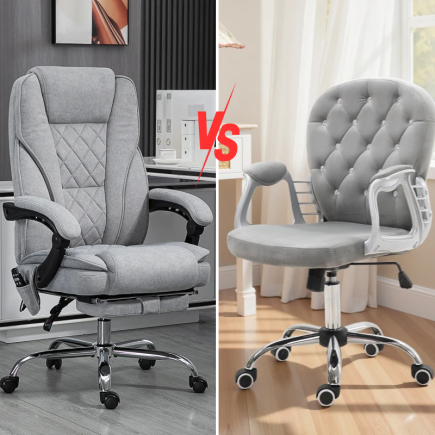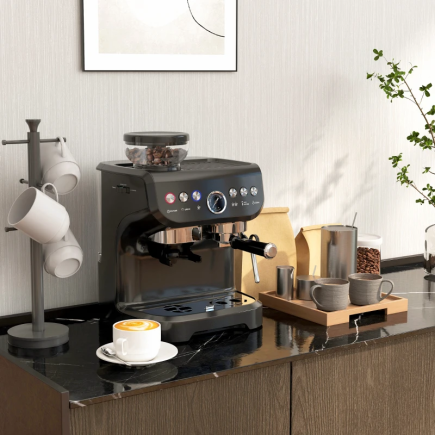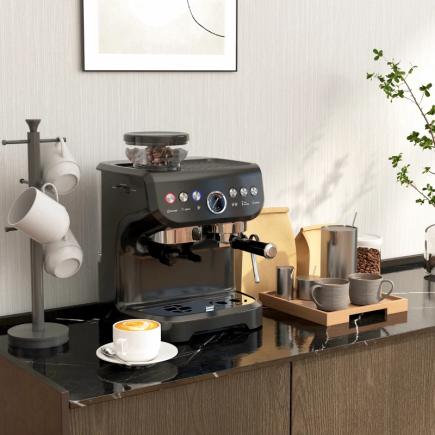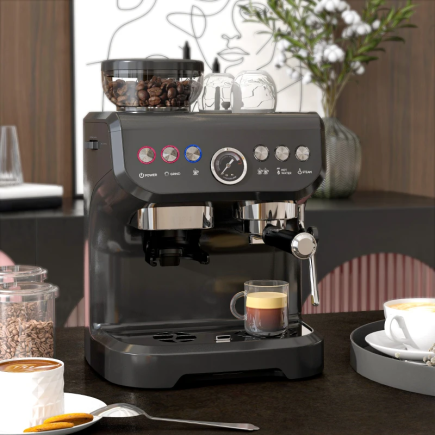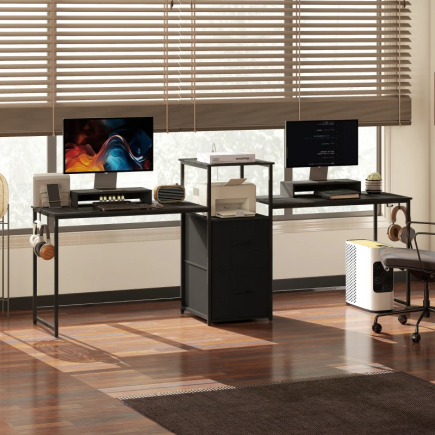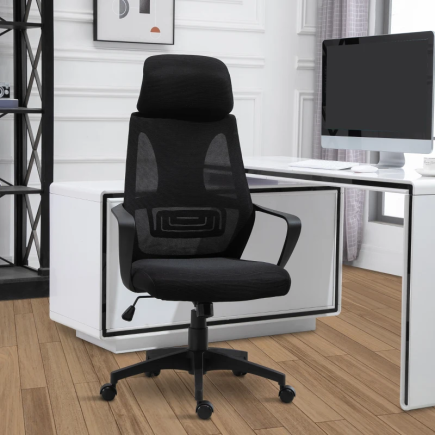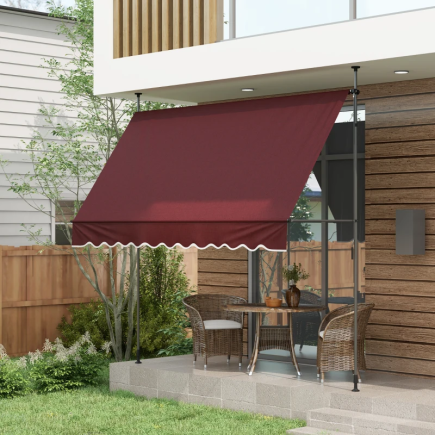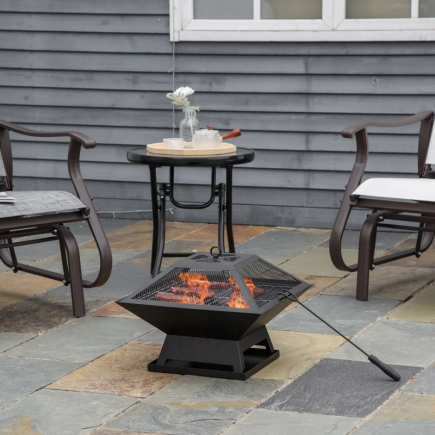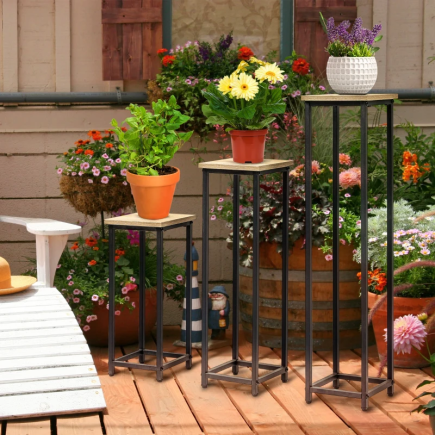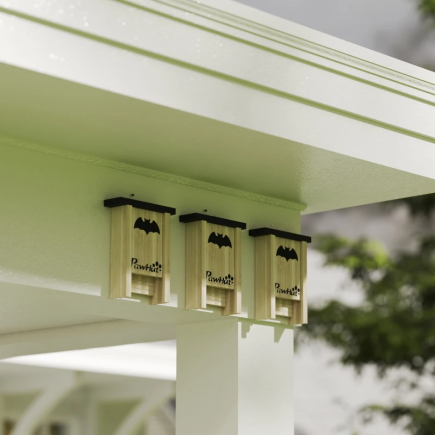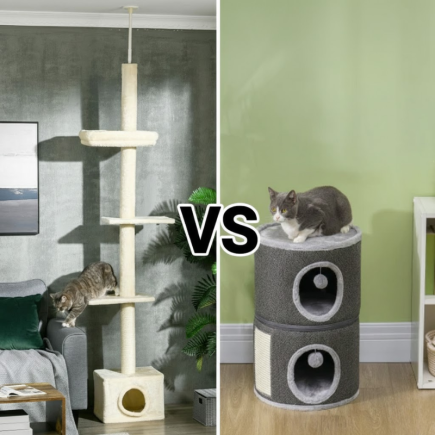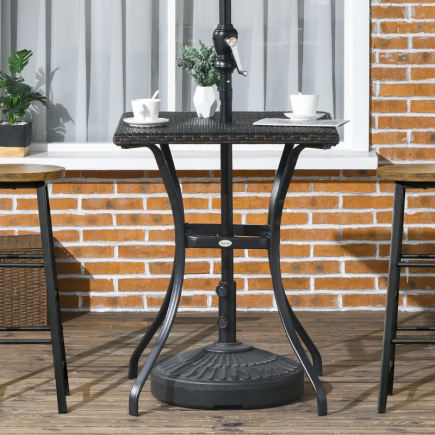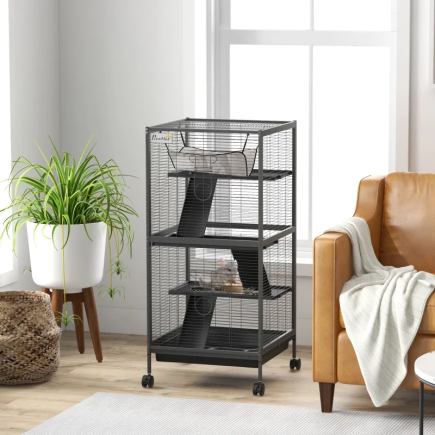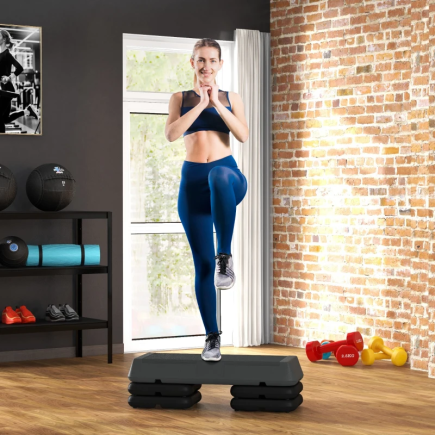
A space heater can be a reliable way to warm up specific areas of your home, but its effectiveness and safety depend heavily on where you put it. Even the best heater will struggle to keep you comfortable and could even create hazards if positioned poorly.
The right placement ensures heat goes where it’s needed, reduces wasted energy, and helps prevent accidents. This guide explains exactly where to place your space heater for the best balance of warmth, safety, and efficiency.
1. Start with the Essential Safety Placement Rules
Before choosing a spot in any place, certain safety guidelines apply universally to all space heaters, regardless of type or size:
Use a Level, Non-Flammable Surface
- Place the heater on a stable, flat surface such as hardwood, tile, laminate, or vinyl flooring.
- Avoid carpets, rugs, bedding, or upholstered furniture, which can trap heat and increase fire risk.
- In carpeted rooms, use a heat-resistant mat beneath the heater for added safety.
Maintain a Three-Foot Safety Zone
- Keep at least three feet of space between the heater and any flammable objects.
- Items to keep clear include curtains, bedding, upholstered furniture, clothing, stacks of paper, and cardboard boxes.
Allow Adequate Wall Clearance
- Leave at least twelve inches between the heater and any wall unless it is designed for wall mounting.
- Ensure vents at the back or sides are unobstructed to prevent overheating.
Choose Low-Traffic Areas
- Position the heater where it won’t be bumped or have its cord tripped over.
- Avoid hallways, doorways, and narrow walkways.
- If placed in a busier spot, secure cords along walls or under desk edges.
Ensure Proper Ventilation
- Keep both the front and back of the heater free from obstructions to allow proper airflow.
- Avoid corners or alcoves that restrict circulation.
2. Placement in Living Rooms
Living rooms often serve as the main gathering area, so the heater’s placement should maximize comfort for seated occupants.

- Place the heater where it will directly serve the main seating area.
- If the space is affected by nearby windows, position it to reduce chill in that part of the room without blocking walkways.
- Ensure heat is directed into open space, not absorbed by large furniture pieces.
3. Placement in Bedrooms
In bedrooms, the goal is to provide warmth while avoiding hazards or discomfort.

- Place the heater at the side or foot of the bed, ensuring it remains a safe distance from bedding and pillows.
- Direct heat toward the center of the room instead of directly onto the bed to prevent overheating fabrics and avoid blowing warm air on your face during sleep.
- Choose a spot where it won’t be knocked over when getting in or out of bed, and if using it overnight, select a quiet model with automatic tip-over and overheat shut-offs.
4. Placement in Home Offices
Home office setups benefit from targeted heating during work hours.

- Place the heater beside or slightly under the desk to warm your legs and torso.
- Make sure vents are clear of paper stacks, file boxes, and cables.
- Keep cords arranged so they don’t cross the path of your rolling chair.
- Avoid positioning directly behind your seat, which can create uneven heating and discomfort.
5. Placement in Basements or Draft-Prone Rooms
Cooler rooms require more strategic positioning.

- Set the heater close to where you sit or work to feel warmth directly without trying to heat the entire space.
- Infrared heaters are effective here because they warm people and objects directly rather than relying only on air heating.
- If moisture is a concern, choose a model designed for damp environments and place it away from surfaces where condensation may collect, including damp walls, corners, and exterior walls.
6. Target Cold Entry Points
Windows and exterior doors are common sources of drafts. A well-placed heater can neutralize this cold air before it spreads.

- Identify spots where outside air enters, such as around windows or exterior doors.
- For windows, position the heater to warm air as it sinks toward the floor.
- For doors, heat the space just inside the entry so drafts are reduced before spreading.
7. Match the Placement to the Heater Type
Different types of heaters are designed to work best in specific locations.
- Infrared heaters work best with a direct line-of-sight to the people you want to warm. Avoid blocking the beam with furniture.
- Panel heaters are ideal under windows or wall-mounted to reduce drafts while saving floor space. Maintain clear space above and in front.
- Ceramic Tower Heaters perform well in open areas where they can oscillate freely to spread heat evenly.
- Oil-filled radiators are most effective near main seating or resting areas, providing steady warmth that lingers after the unit switches off.
8. Avoid Unsafe or Inefficient Locations
Certain locations should always be avoided to maintain safety and performance.
- Bathrooms or damp rooms (unless moisture-rated).
- Behind large furniture, which traps heat and restricts circulation.
- Under cluttered desks or tables filled with fabric, paper, or plastic.
- In front of frequently used doors or high-draft areas where heat is quickly lost.
9. Seasonal Placement Check
Before each heating season, revisit your heater’s placement to ensure it remains safe and effective.
- Make sure the heater still has a clear, safe space around it with no nearby flammable items.
- Clean vents and grills to remove dust buildup that can reduce airflow.
- Inspect cords and plugs for signs of wear or damage.
- Test tip-over and overheat protection features.
- Adjust the heater’s location if your furniture arrangement or room use has changed since last season.
Putting It All Together
Correct placement combines universal safety practices with room-specific positioning to maximize comfort and safety. Start with a stable, non-flammable surface and maintain clearances from hazards. Keep the heater in a low-traffic, dry spot with proper ventilation, and direct heat toward occupants rather than obstacles. Adapt placement to each room’s function and match the location to the heater’s design for best performance. Reassess placement regularly, especially at the start of each heating season.
When these guidelines are followed, a Space Heater becomes more than just an appliance, it becomes a safe, dependable, and efficient source of warmth through the coldest months.
FAQs
1. Can I place a space heater on a table or countertop?
Yes, but only if the manufacturer’s instructions allow it and the surface is stable, heat-resistant, and large enough to support the heater without risk of tipping. Elevated placement can improve heat distribution in some rooms, but you must still follow all clearance rules.
2. Can I point my space heater toward an open doorway to heat another room?
You can, but it will be less efficient. Most space heaters work best in enclosed spaces, and heat will escape into adjacent areas instead of warming the main room effectively.
3. Should I rotate the space heater’s position during the day?
If your activities or seating areas change, yes. Moving the heater to target occupied areas will improve comfort and reduce wasted energy, but always turn it off and unplug before repositioning.
4. Is it safe to place a space heater under a window curtain if there’s clearance?
It’s generally not recommended. Even with clearance, curtains can move due to airflow or drafts and come into contact with the heater. It’s safer to position the unit slightly forward or to the side of windows instead.

